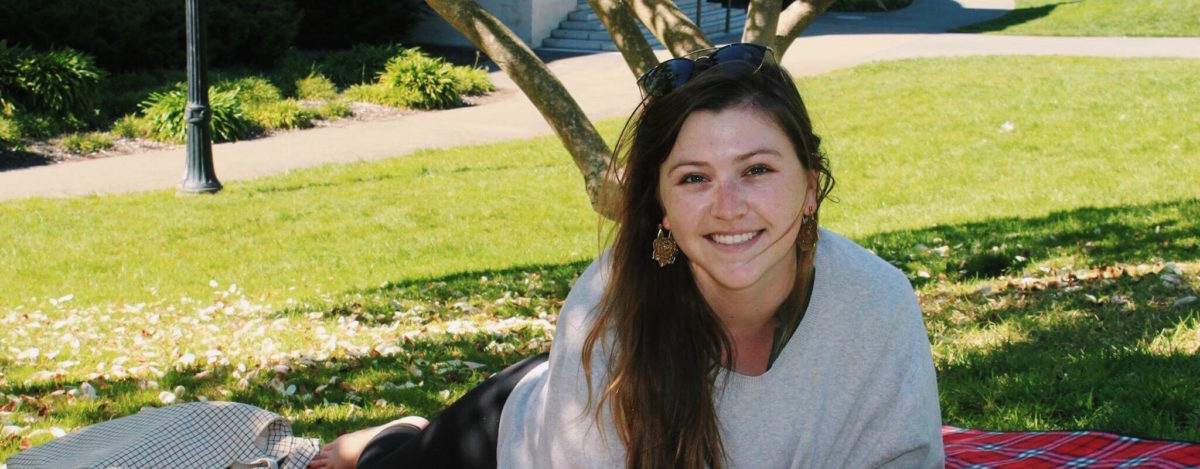My Relationship to Food has Forever Changed

I can easily remember the foods that would ignite nostalgia within me, but there was a turning point in my adolescence when these food memories changed. Instead of food being full of flavors and tastes, I now think of numbers. At the age of 7, I was diagnosed with type 1 diabetes. I remember looking into my bowl of Lucky Charms and being mesmerized by the marshmallows that I couldn’t wait to pick apart from the rest of the cereal. But the marshmallow rainbows and leprechaun hats turned into carbohydrates and insulin shots. Now, my memories of food is a sort of chore, an action that requires thoughts and calculations before it can be the spicy, salty or sweet.
An apple the size of my fist? 20 carbs. An apple the size of my dad’s fists? 30 carbs. Though counting carbs is a tedious task, it cannot be ignored. A type 1 diabetic’s health depends on estimating the carbohydrates of their meals and puts pressure on us to get that number as close to the real thing as possible. If we are five grams of carbs over, that extra unit or so can slip us into a hypoglycemic episode. A problem will also occur if we are five grams under the actual amount, because this lack of insulin will cause blood glucose levels to increase.
Both of these incidents can affect not only our physical health by causing dizziness, confusion, thirst etc. but also our mental health. Blood glucose levels resembling a roller coaster, going up and down and all around, can lead to severe mood swings due to the imbalance of insulin in our body. This is where the pressure comes from to correctly add up the carbs of our meals. It seems like in an instant I went from a sugar-cereal-eating, corner-piece-of-the-cake-loving child to a cautious carb-counting 20-something machine.
I was trained to count my carbs, translate those carbs into units of insulin and then proceed to inject myself with that dosage. Of course at this young age, my parents were heavily involved but when it came to those grueling seven hours of elementary school, I had to grow up. Adding up my units of insulin requires being able to add 0.7 and 0.4 and come up with 1.1, this was fifth grade math but I was an expert by second grade. In order to ensure I could calculate these insulin dosages correctly to prevent illness through hyperglycemia or hypoglycemia, I had to be prepared for whatever food would come my way. I had to know the carbohydrates of a slice of white bread, one cup of cereal and a quarter cup of milk or the exact weight of a bowl of grapes that would equal 10 carbs. My life has come to revolve around food in a way different than a chef or a nutritionist, it is now my lifestyle.
The lifestyle of someone with type 1 diabetes has granted me an opportunity to expand my knowledge of nutrition in a way that positively coincides with my diabetes. Studying nutrition is one of the ways in which I am able to learn more about how my body, with it’s disabled pancreas and lack of insulin, is able to process foods. It has also taught me that food shouldn’t be thought of as a chore but rather a necessity to our bodies so that we can run marathons, climb mountains, or even just walk around the block. Counting carbohydrates is possible while acknowledging the nutritional benefits and enjoying the flavors and aromas desired in food.





